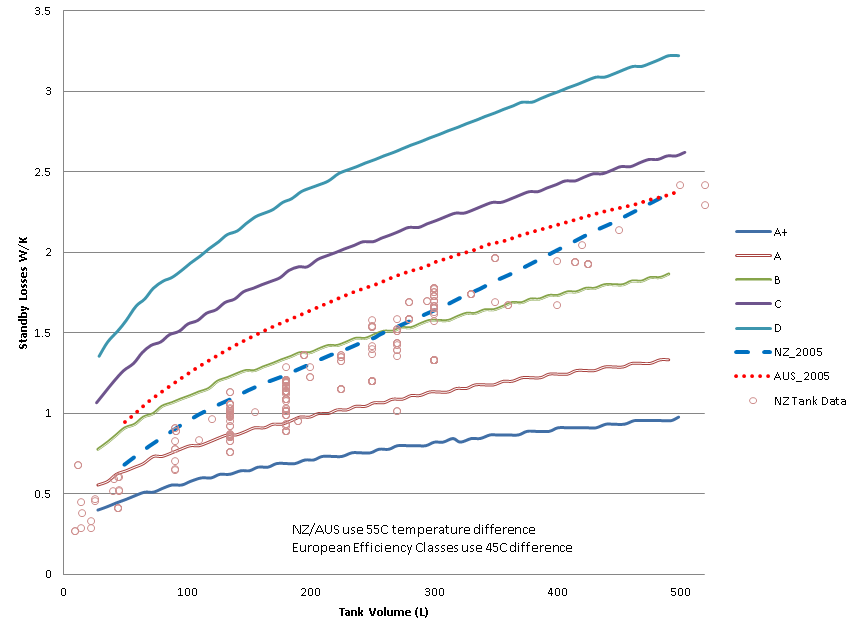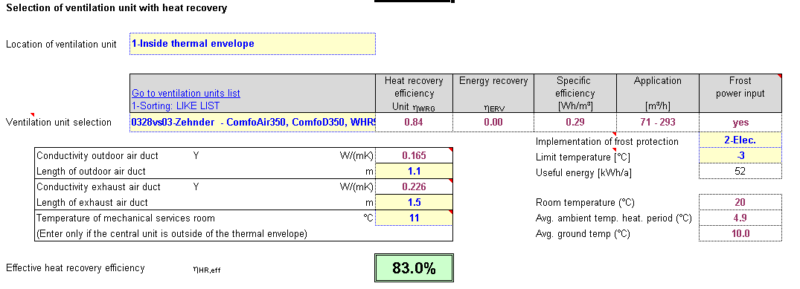As of 13 December 2017 there are six additional PHI certified climate files for NZ. These now cover all of NZ including the Chatham Islands. It is important to note these are all (excluding the Chathams file) based on work done by NIWA to develop regional files for NZ and this last set of climate certification work done by PHI …
WUFI
Hygrothermal modeling with WUFI Sustainable Engineering can perform hygrothermal modeling of your proposed assemblies using WUFI one or two dimensional software. Quick initial reviews of assemblies and more in-depth consulting to improve or fix the assemblies performance are available. Presentation for Expert Tour 2015 – Introduction to WUFI As part of the 2015 Expert Tour Sustainable Engineering Ltd. was asked …
Stress test your design for Overheating
I hate comfort complaints. Not the complaining bit – folks are nice – but I hate the failed expectations of comfort. This past summer I had several calls from clients living in certified Passive Houses. They say it’s too damn hot. What is going on here? The Passive House Planning Package (PHPP) appears to predict the overheating pretty well. When …
Glass is rocket science for high performance buildings

During a presentation at the South Pacific Passive House Conference in Christchurch (March 2017). I spoke on lessons learned from New Zealand projects. One of the biggest lessons we’ve learned is that windows are the rocket science in high performance buildings. They are very advanced technology originally from the space industry and they can make your building high (sky high) …
Fundamental of Building Science – The Building Enclosure and the Four Control Layers

Understanding of the building enclosure and the four control layers that make up the building enclosure is vital to understanding how the building enclosure will perform Enclosure The building enclosure is what separates the inside environment from the outside ‘natural’ environment. This includes from the paint on the outside of the wall cladding to the finish surface on the inside …
How to estimate of the R-value of unconditioned spaces

Several Passive House projects undergoing certification have requested a way to estimate the additional R-value of an adjoining unconditioned spaces (such as garage). A good example is a garage which is part of the building but outside of the Passive House Thermal Envelope. This garage will increase the insulation value of the thermal envelope by buffering it from the exterior …
DHW Tanks – W/K from kWh/day

Summary The Passive House Planning Package (PHPP) requires that energy losses from Domestic Hot Water (DHW) Storage tanks be entered as Watts per degree Kelvin (W/K) rather than the more common KWh/day. This explains how to convert from kWh/day to W/K and some ways this can be more complicated than you would expect as you need to know the temperatures …
How to scale HRV data to ERV for use in Passive House PlanningPackage

Summary Several Heat Recovery Ventilation (HRV) systems available have HRV performance data for the Passive House Planning Package (PHPP) but do not have Energy Recovery Ventilation (ERV) performance data. Knowing the performance is important for designing Passive Houses. A simple scaling is suggested to provide a first approximation. Method Looking at the PHPP version 9.3 example file we can set …
Hygiene Criterion applied to a thermal bridge

PH certification criteria requires that a minimum surface temperature be achieved. Steps: 1. Determine the exterior temperature to use – call this the Hygiene External Temperature. This temperature can be any value lower than the internal temperature. I typically use 0 °C as the Hygiene External Temperature and 20 °C as the interior temperature but this is only a matter …




